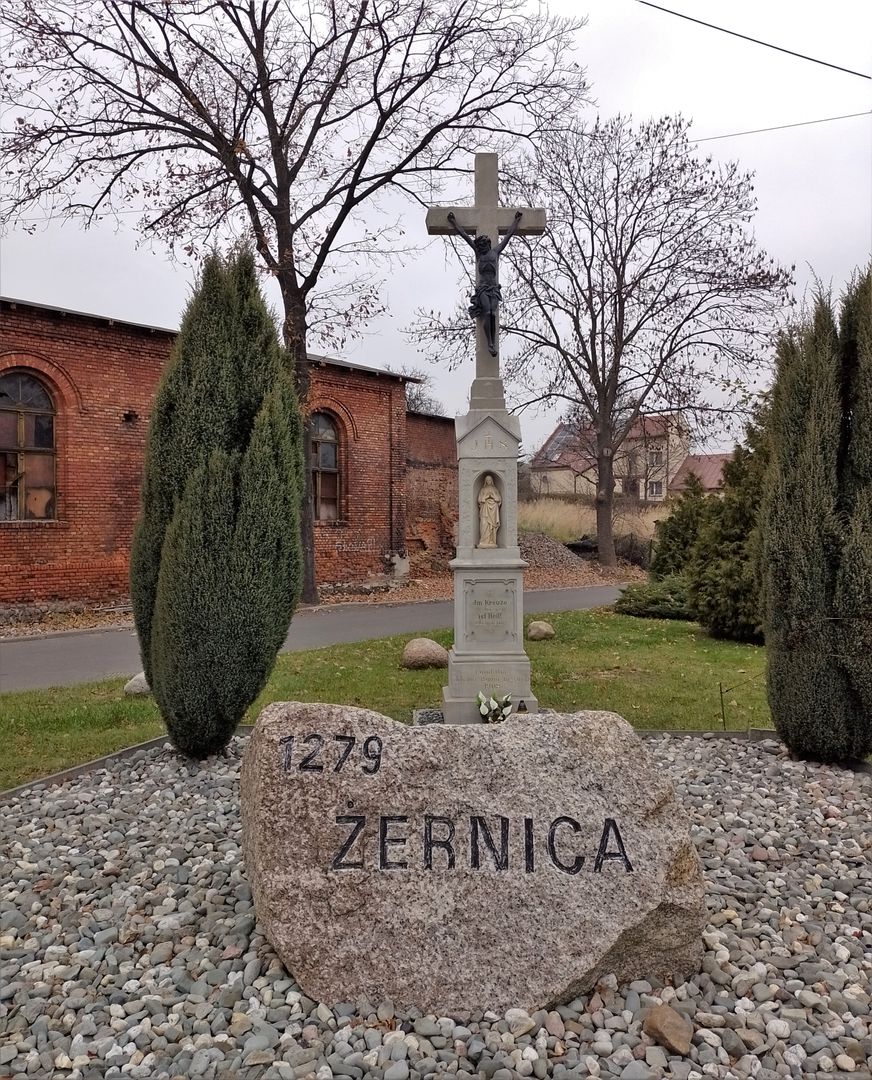Żernica
6.28

Overview
Żernica is a village located in the Silesian Voivodeship, within Gliwice County, forming part of the Gmina Pilchowice. Its history dates back to prehistoric times, with the first traces of settlement attributed to the Stone Age. During the Middle Ages, the village changed national affiliations, belonging successively to the Czech lands and later to Poland. In 990, it was taken over by the Czechs, and in 1050 by Casimir I the Restorer. In 1246, the name Zernitz was changed to Deutsch Zernitz to distinguish it from other localities with similar names. A significant cultural element of the village is the Church of St. Michael the Archangel, first mentioned in 1200, with the structure itself dating back to the 12th century. For centuries, Żernica was associated with the Cistercian monastery in Rudy, which significantly influenced its development. In the 19th century, the Chapel of St. John Nepomucene was erected, which continues to serve religious functions to this day. The village witnessed numerous historical events, including the march of John III Sobieski’s troops in 1683 and the passage of frontlines during World War II. Today, Żernica is surrounded by picturesque landscapes, fostering the growth of tourism. It features a tourist trail, as well as the LKS Naprzód Żernica football and table tennis club, and a School Sports Club promoting physical activity among residents. The local architecture is dominated by historic buildings, including the church, which is undergoing renovation, alongside modern sports and cultural facilities, blending tradition with modernity. With its rich historical and cultural heritage, Żernica is an interesting destination for tourists and residents of the region alike.
Location
2025 Wizytor | All Rights Reserved